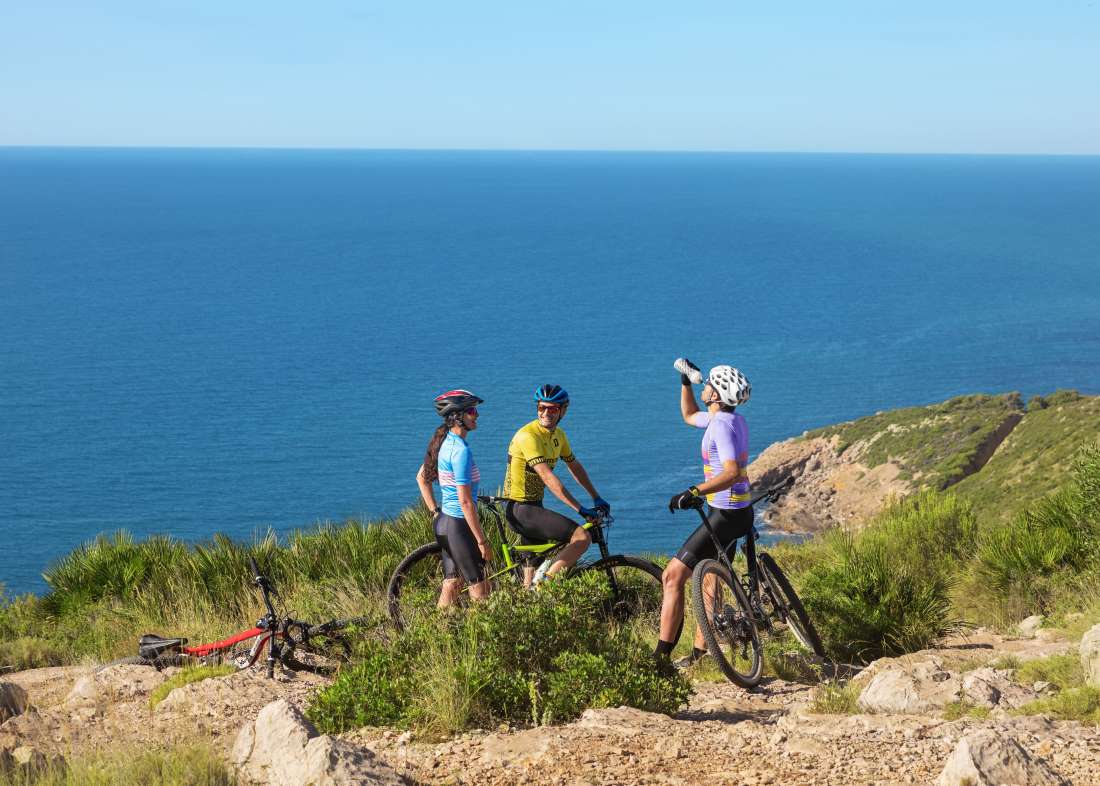You’ve chosen to embark on a cycling holiday to slow down, savor the landscapes, connect with people, and immerse yourself in the territory. But to truly enjoy the adventure, it’s essential to plan your bike trip carefully. To help you organize all the practical steps, we’ve created this ever-evolving guide packed with tips for planning a safe, rewarding, and personalized cycle touring itinerary.
1. Choosing the Right Trip and Itinerary

First, ask yourself: What kind of experience do I want? A relaxed ride on paved bike paths? An off-road adventure through nature? A cultural journey through art cities and villages?
There are many ways to plan a bike trip, from guided tours (great for beginners) to well-established cycling routes you can follow independently, or even fully self-designed adventures on secondary roads. Seasoned cyclists may leave with just a distant goal and minimal planning. Choose based on your experience, fitness level, and taste for adventure. Linear routes with meaningful crossings offer a deep sense of journey and discovery.
Where to Find Inspiration:
- In Italy, explore national cycling routes, converted railway tracks, or scenic low-traffic roads.
- Across Europe, EuroVelo offers over 90,000 km of bike routes, including the Danube Cycle Path and Atlantic Coast Route.
- Check out our blog and news section for ideas, destinations, and travel inspiration.
You don’t have to follow a single long trail: you can create a loop route or a hub-based tour with daily excursions.
Useful Tools:
- Apps like Komoot are excellent for route planning.
- When using paper guides or blogs, always check the publication date—trails can change due to works or weather.
2. Planning Stages and Logistics

Time management is key. Once you’ve chosen a destination and verified logistics, match your itinerary to the number of days available. Use digital maps to track distances and elevation gains, calculate a daily average (40–120 km depending on fitness), include rest days, and break the route into manageable legs based on accommodations and terrain.
Stage length, elevation, road surface, and access to services are crucial. But don’t forget:
- Round trip or loop? Point-to-point trips are exciting but require return planning (train, bus, shuttle). Loop routes simplify logistics.
- Luggage transport: Will you carry your gear or use a transfer service? Many tourist areas offer “bike & bag” transport options.
- Accommodation: Choose bike-friendly lodgings with secure bike storage and e-bike charging options.

Always allow some margin in your plan—those extra final kilometers can be tough, especially if your accommodation is uphill or far from town.
3. Choosing and Preparing Your Bike
You don’t need an expensive bike, but it must be suitable for the terrain, comfortable, and in perfect condition. Recommended types include:
- Trekking bike: Ideal for paved and gravel roads.
- Gravel bike: Great for mixed terrain lovers.
- E-bike: Perfect for extra support—just plan charging stops.
- MTB: Best for challenging off-road routes.
Technical Preparation:
- Get a full check-up before your trip.
- Learn basic maintenance: tire changes, brake tuning, chain repair.
- Pack an emergency toolkit: pump, spare tubes, levers, multitool, zip ties, tape, quick-links, and chain tool.
For remote areas, bring extra spares and be ready for DIY repairs. If you’re a beginner, consider a guided tour with technical support and advice.
Traveling by E-Bike

E-bike travel is growing in popularity thanks to pedal assistance that lets you cover more ground with less effort. Ideal for non-experts, it still requires careful planning: battery life is limited, so you must plan your stages around charging stops. Choose equipped accommodations, optimize your riding position and gear setup, and train with a loaded bike to ensure a safe, comfortable ride.




